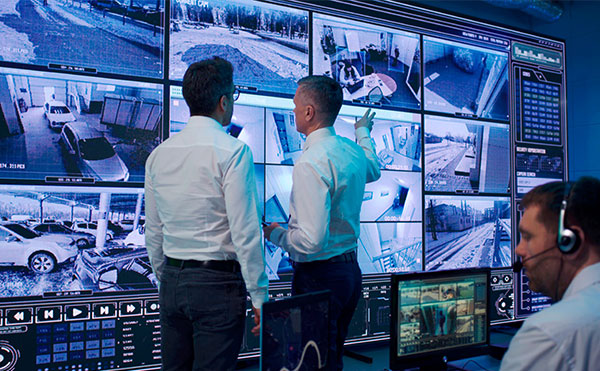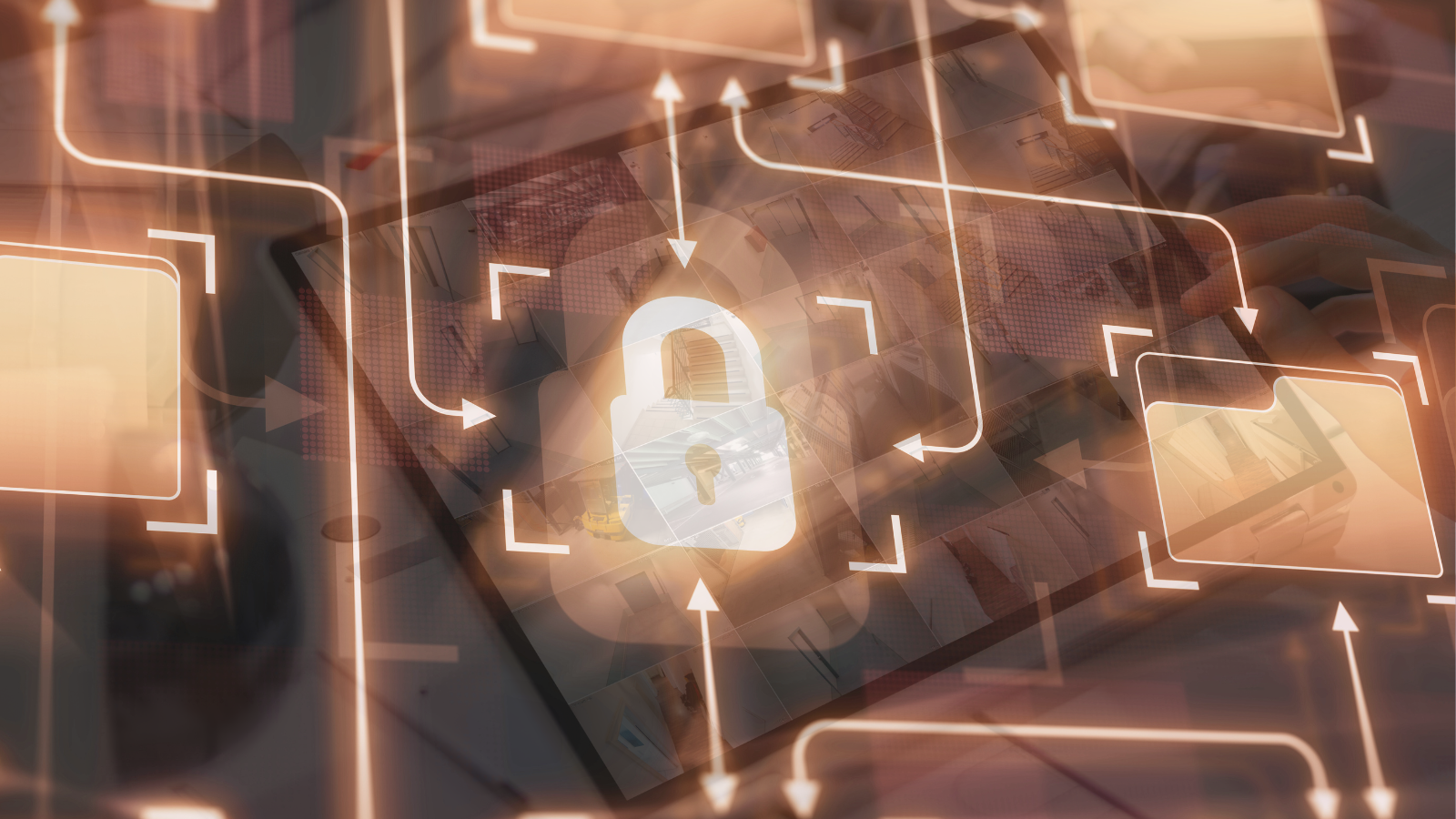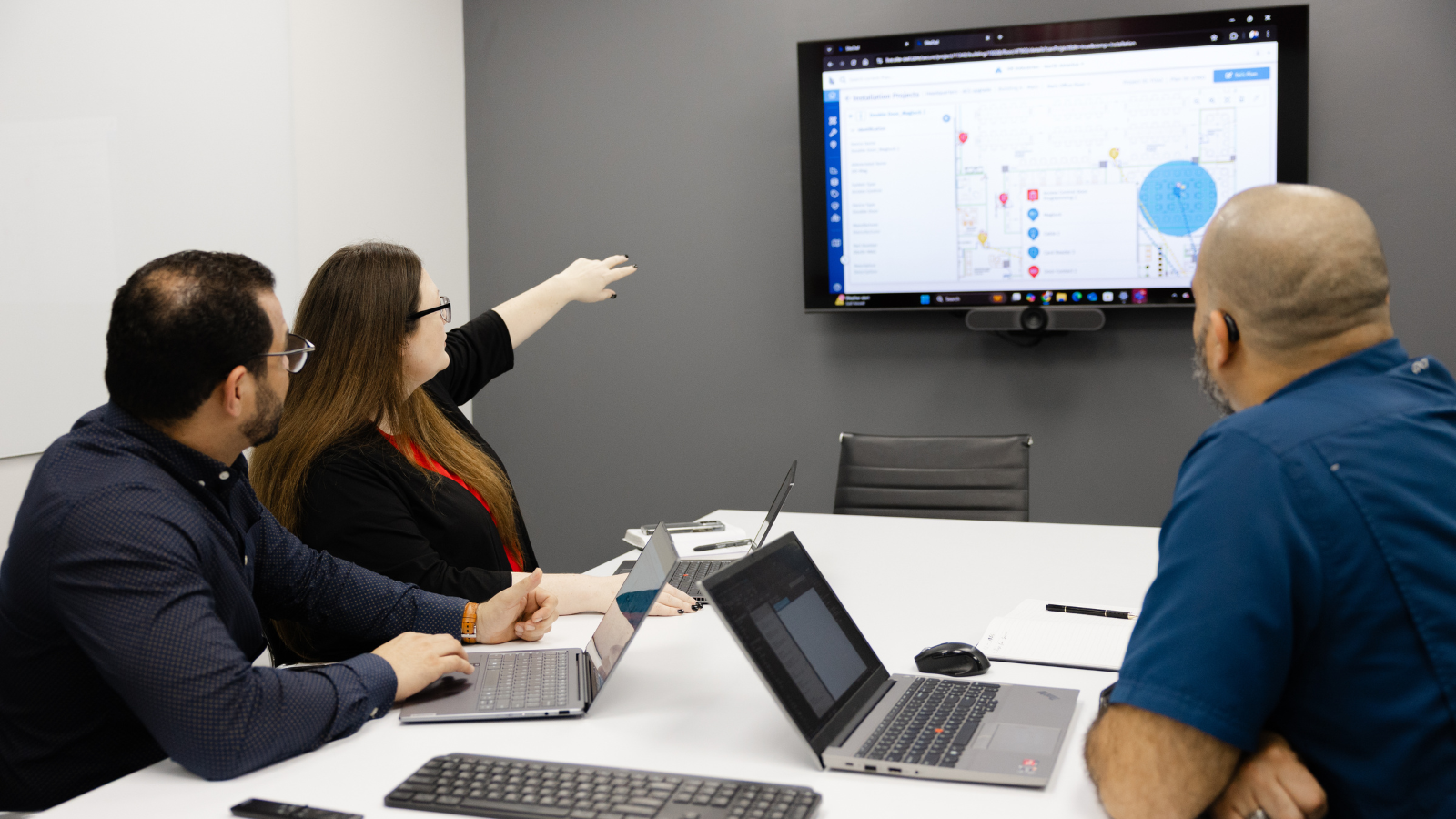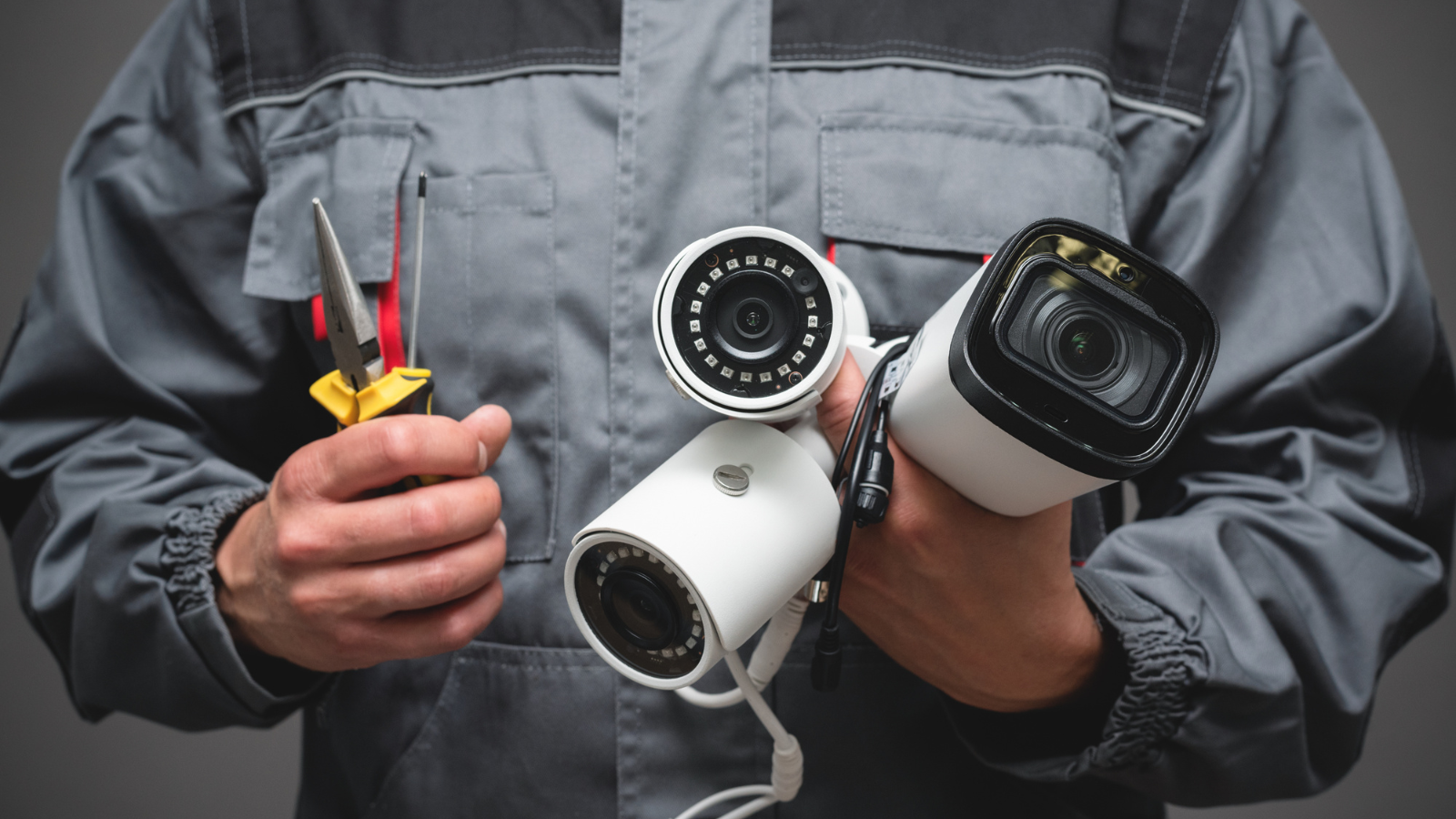As a security director, you have a tough job. Keeping safety measures in place without jeopardizing your organization’s operational efficiency is no easy task. You must regularly assess the threat landscape, make adjustments, and ensure your security measures remain effective.
Keeping up with the latest cyber-attack and workplace safety measures is challenging enough, but there’s another critical topic that deserves to be on your radar: Security convergence.
In this article, we will explain the importance of security convergence and why you need to have it on your radar.
What is security convergence?
Security convergence is the practice of integrating physical security and information security within organizations rather than siloing teams and strategies.
The goal is to address the risk alongside your organization’s growing dependence on information and web-based technologies.
Traditionally, the task of protecting a business from external attacks was assigned to specialist employees throughout the organization. However, this segmented approach is becoming increasingly obsolete due to the rise of cyber-physical attacks and reliance on IoT solutions.
The growth of IoT and cyber-physical attacks will not slow down. According to a report by Statista, around 50 billion IoT devices will be connected by 2030.
The reality is that the threats that now confront organizations are progressively transcending both physical and technology domains.
Hence the importance of cyber-physical convergence.
Cyber-Physical convergence
The Cybersecurity & Infrastructure Security Agency (CISA), defines convergence as a “formal collaboration between previously disjointed security functions. CISA also states that organizations with converged cybersecurity and physical security functions are “more resilient and better prepared to identify, prevent, mitigate, and respond to threats.” The physical security market is growing at a rapid pace, and industry analysts say that the significant factors connected to cyber-physical convergence are:
- Increasing security breaches to physical systems,
- Rising use of IP-based cameras for video surveillance,
- Growing cyber threats to physical security systems.
The fact is that cyber and physical threats have blended, and if your organization is not prioritizing security convergence, you are exposing yourself to potentially catastrophic risks.
Organizations are not ready
Organizations have become dependent on technology in almost every facet of their operations. However, a report by ASIS International showed that only about one-fifth of organizations in the United States, Europe, and India have fully converged physical and cybersecurity operations.
Even more concerningly, the report noted that 70% of firms don’t have a security convergence plan and have no intentions to create one.
Failing to plan is planning to fail
Regardless of the size of your organization, you can pursue convergence by adopting a framework that is tailored to your risk tolerance, structure, industry, and capability level.
Many factors prevent or slow your organization’s ability to implement a solid cyber-physical convergence framework. Some of the leading challenges include:
- Lack of standardized security system management practices (you don’t know where to start…)
- Inability to accurately forecast and plan budgets (you want to start but are not sure you have the resources…)
- Incomplete and/or inaccurate security system information (you lack the data to make a case to your leadership team..)
Managing your physical security systems
Physical security systems now rely heavily on internet-enabled security functionality from devices such as sensors, cameras, and electronic locking systems.
As a security leader, you must confidently manage your physical security systems and assemble an arsenal of tools to help your organization successfully manage your cyber-physical convergence.
SiteOwl is an award-winning platform transforming how integrators and security directors build and maintain physical security systems.
In addition to helping you manage your security systems, SiteOwl enables you to address the challenges of convergences by empowering you with:
- Data-driven decision-making with consolidated system reporting
- Consistent and scalable security system practices, standardized across vendors
- System performance visibility enables fiscally responsible security investments
Conclusion
In today’s security landscape, very few businesses are running without cyber and physical security systems in place. However, as IoT technology continues to evolve, and more systems move into the cloud, companies need to assess their security posture and adopt a sound convergence strategy.
As a security leader, you need to confidently manage your physical security systems and adopt tools that will help your organization successfully manage security systems.
Visit our security director page to learn more about how SiteOwl can help you digitally transform the delivery and management of your physical security infrastructure or contact us at 1-888-SITEOWL.

Su Subburaj
Su is SiteOwl's CMO and leads all marketing and communications. Su has extensive strategy and management consulting experience and previously consulted for 3Sixty Integrated where she gained an in-depth understanding of digital transformation challenges in the physical security industry. When not working on strategies to expand SiteOwl's footprint, Su enjoys bad karaoke, weightlifting and traveling.




